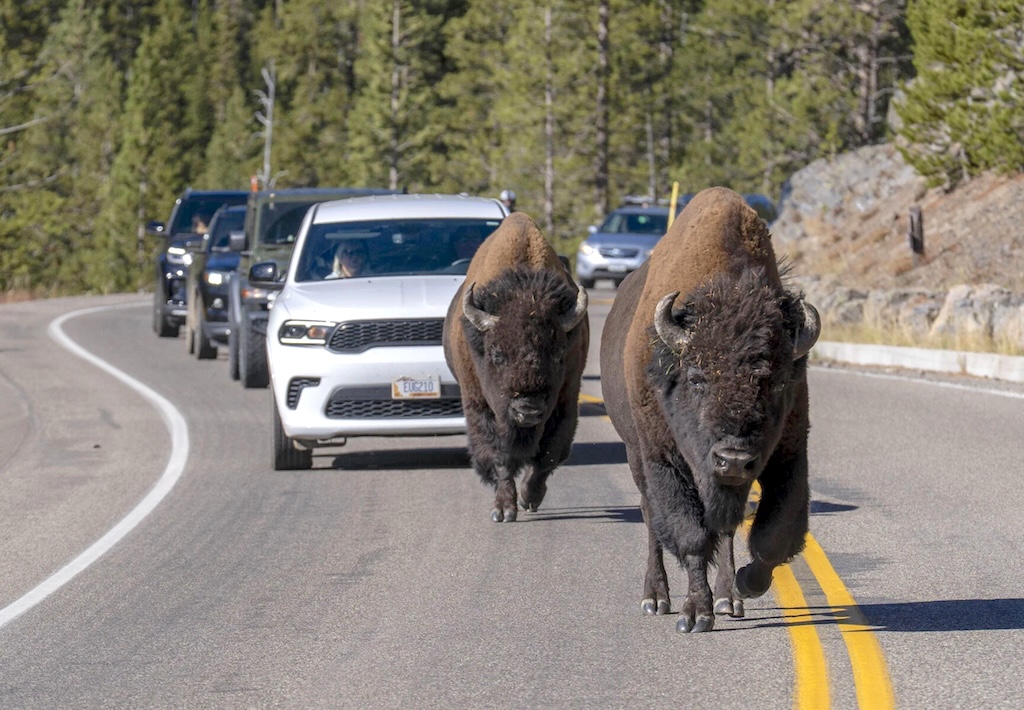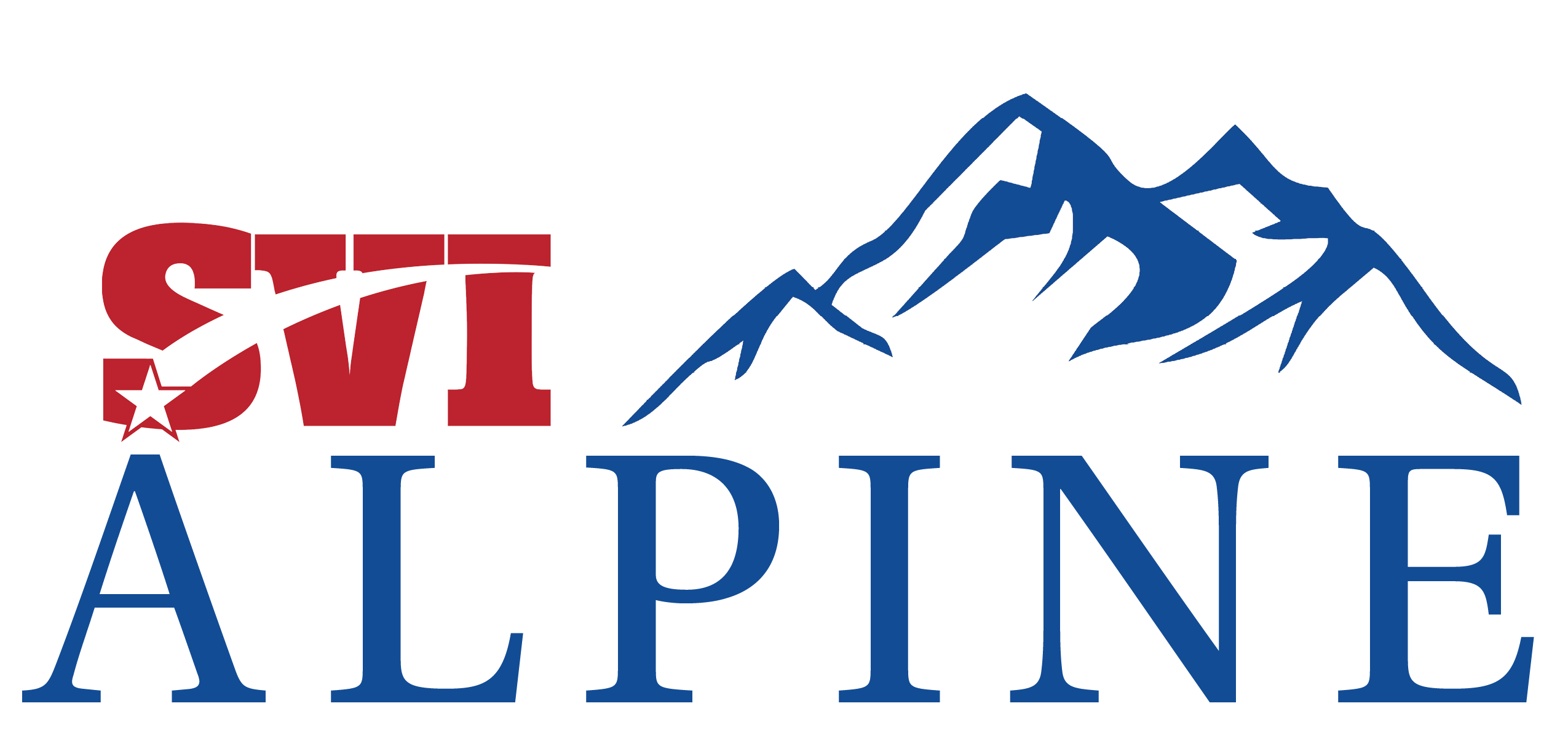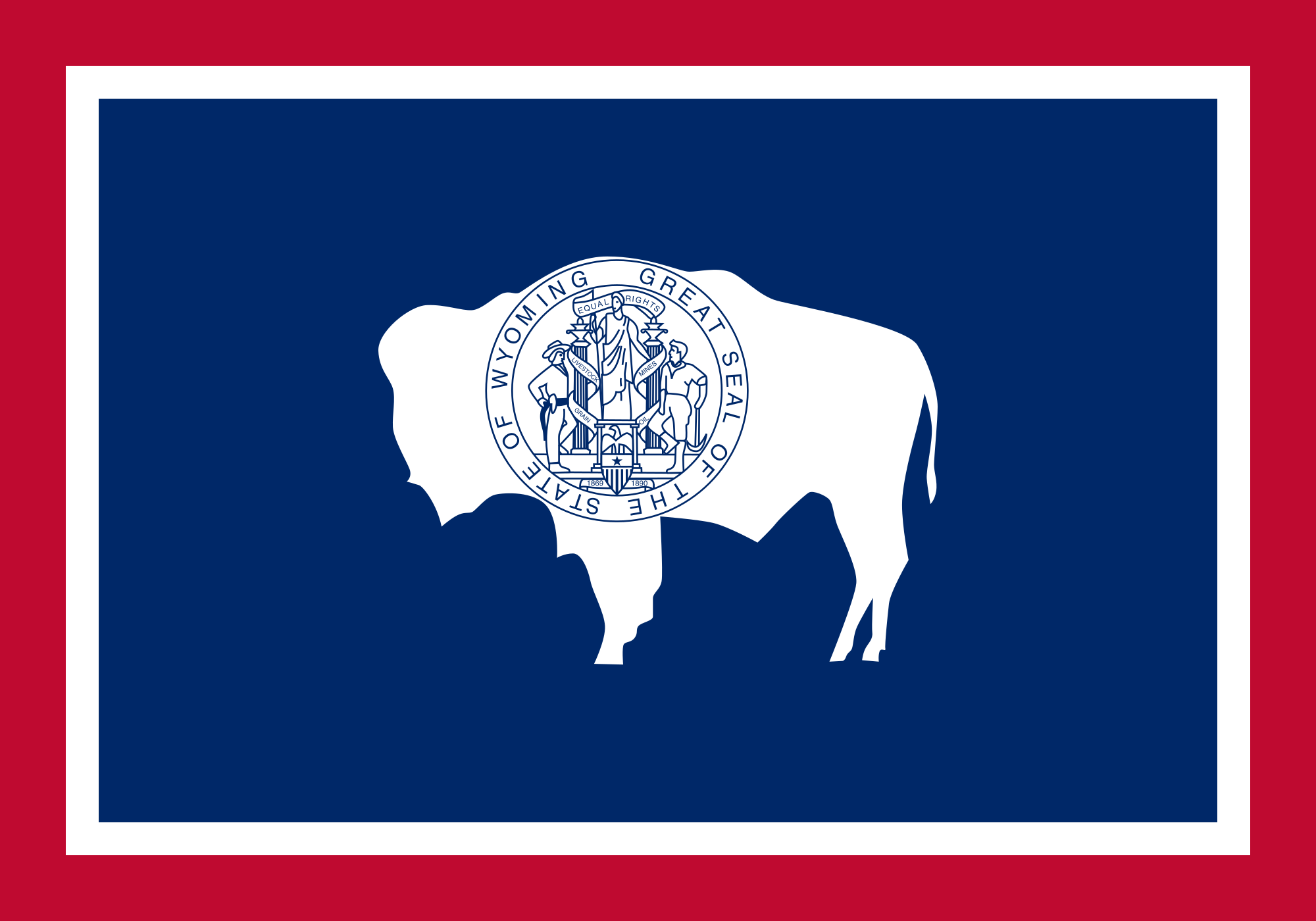National parks to stay open during shutdown
By Wyoming News Exchange
October 1, 2025

Traffic lines up at the mercy of a pair of bison as they saunter down the middle of the road Saturday near the Norris Geyser Basin in Yellowstone National Park. The Interior Department announced on Tuesday that national parks will stay open during a shutdown. Photo by Bradly J. Boner, Jackson Hole News&Guide.
• Teton County leaders, business owners supportive of move
By Christina MacIntosh
Jackson Hole News&Guide
Via- Wyoming News Exchange
JACKSON — Hours before the U.S. Senate adjourned on Tuesday night, initiating a government shutdown, the Interior Department directed national parks to use entrance fees to remain open.
Under the plan released Tuesday afternoon, parks will use fees to fund basic visitor services such as restrooms, trash collection, campground operations, law enforcement and emergency operations. Buildings that are generally closed after business hours, such as visitor centers, will be locked for the duration of the shutdown.
The legality of the move to stay open is unclear.
A 2019 investigation by the Government Accountability Office found that the Trump administration violated federal law when it allowed parks to use fees to remain open during the government shutdown.
Prior to the release of the plan, national public lands advocates — including former parks superintendents and the National Park Conservation Association — requested that the federal government close parks during a shutdown.
“Shutdowns are terrible for the parks in terms of protecting resources properly,” said Kristen Brengel, the senior vice president of government affairs at the National Parks Conservation Association.
Brengel cited illegal off-roading, vandalism and sanitation issues that occurred at parks open during the 35-day government shutdown at the end of 2018 and beginning of 2019.
Teton County electeds and business owners, however, advocated for parks to remain open prior to the release of the plans.
A joint letter to Sen. John Barrasso from the Jackson Town Council and Teton County commissioners, set to be discussed this morning in specially called public meetings (at 8 a.m. and 9 a.m., respectively), requested that parks stay open to sustain the local economy.
“Even partial closures cause instability, leading to cancelled trips, lost reservations, empty hotel rooms, and reduced revenues for guides, restaurants, outfitters, and small businesses,” the letter says.
The letter also requests that parks remain fully staffed.
Under a typical shutdown, federal employees are furloughed, except for employees deemed essential. On public lands, the latter typically includes a forest’s or park’s leadership, firefighters and law enforcement.
Prior to the shutdown, however, President Donald Trump threatened to lay off furloughed employees.
The Office of Management and Budget instructed agencies to lay off employees who are furloughed and whose positions are not consistent with the administration’s priorities.
Shutdown plans released Tuesday by the Department of Agriculture and the Interior Department do not mention layoffs and instruct furloughed employees to return to their jobs on the next workday following the end of the shutdown.
The threats come after the loss of 24% of National Park Service employees and 14% of Forest Service employees since last year, following layoffs, buyouts and attrition.
Morale in the federal workforce was already “pretty challenged” before the recent threats, said Mel Bolling, former forest supervisor for the Caribou-Targhee National Forest.
“Having that uncertainty around livelihood is a pretty frustrating place to be,” Bolling said.
Approaching the off-season
The shutdown comes as visitation is petering out after the summer peak, though it’s not quite the off-season.
“The season is winding down anyway,” said Rob Wallace, who oversaw the National Park Service during the first Trump administration.
Wallace is supportive of the parks staying open during the shutdown, as long as the shutdown is brief.
“I don’t think it’s cataclysmic,” Wallace said. “I don’t think people will notice much difference.”
Visitation is still strong enough that business owners don’t want to miss out on the final guests of the season. Taylor Phillips, owner of Jackson Hole Eco Tour Adventures, said that September bookings are close to June and July.
“October looks to be strong as well, but unfortunately we’re starting to lose some of those bookings,” Phillips said.
Grand Teton National Park had 270,890 visitors in October 2024. Yellowstone National Park had 346,000 visitors.
The shutdown may dissuade potential visitors. Steve Meadows, owner of the 49er Inn and Suites, said he has seen a downturn in business during past shutdowns.
“People don’t want to come,” Meadows said. “There’s less attractiveness to the parks themselves.”
Fall work
During the fall, land managers are winterizing water systems, implementing prescribed burns and completing trail work before the winter, Bolling said.
“Usually there’s a lot to try to catch up on, particularly at this time of year,” he said.
In wilderness areas, crews are completing final monitoring needs for campsites and clearing trails, said Peggie dePasquale, national forest wildlands director for the Wyoming Wilderness Association and a former Forest Service ranger.
Rangers are also making contact with hunters to make sure the rules and regulations of the forest are being upheld.
After the staffing cuts earlier this year, just two of the state’s 15 wilderness areas are staffed. One of those areas is the Bridger Wilderness, dePasquale said.
Friends of the Bridger-Teton intends to pull its remaining volunteers from the field during the shutdown.
“We have substantial safety concerns if volunteers are on the ground and federal workers are not there to provide safety and oversight,” said Scott Kosiba, the organization’s executive director.
The organization has about 10 volunteers out in the field who are focusing on food storage as bears become more active.
“They help with that transition from camping season to hunting season,” Kosiba said. “It’s a more active time where bears are likely to be conflicting with humans as they’re fattening up.”

